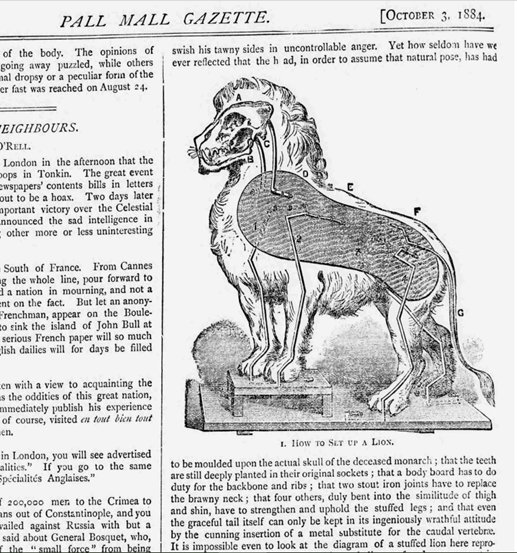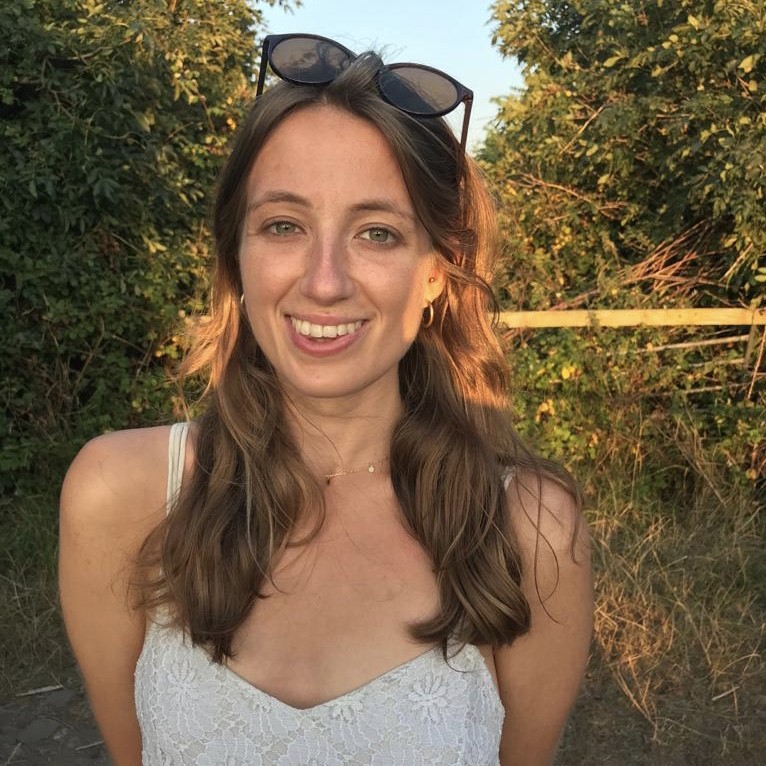In the latest in our #PhDone! series, we catch up with Dr. Alice Would, who recently finished her doctorate in the department.
Alice received funding from the South West and Wales Doctoral Training Partnership (SWWDTP) to undertake her PhD at the University of Bristol and the University of Exeter. She passed her viva in September 2021 and is currently a teacher in both History and Liberal Arts at Bristol. In December she will start as a Research Associate on Dr Andy Flack’s project ‘Dark-dwellers as more-than-human misfits.’
Q: Hi, Alice! First of all, congratulations on your successful viva! Can you tell us a bit about what your doctoral research was about?
Thank you! My thesis was an environmental history of taxidermy in Britain in the nineteenth and early twentieth centuries. Much of the historiography on natural history sees these creatures as static, frozen specimens, and as completely controlled by human culture.
By engaging with sensory studies, and theories on agency, embodiment, and materiality, I argued that taxidermy was still lively and mobile in death. I also talked about time, and how the more-than-human world has its own temporalities which meet and intersect with human conceptions of time. This is evident in taxidermy, which is always bound up in the processes of decay and restoration – with being eaten by insects and conserved with a needle and thread.
To try to get beyond the museum focus of most scholarship on natural history, I explored the movement of skins and specimens through trade networks: from skinning in the hunting field, and transportation in barrels of brine, to recreation on the taxidermist’s table and display in frenetic Victorian exhibition spaces. I undertook archival research in four museums in the South West, and in the Bodleian, and my source base included hunting diaries, taxidermy handbooks, newspapers, museum reports, and correspondence.
To try to get some hands-on experience, and to learn about the sensory aspects of taxidermy, I also completed a one-day taxidermy course.

‘How to set up a lion’, in case any readers wanted to give taxidermy a go and have a dead lion to hand.
Q: Eeep. How did you become interested in taxidermy?
It’s a bit of a weird story! Some of my family used to live in Bristol, including my great-grandmother. She was a servant for a family in Clifton and would take their children to Bristol Zoo – this is in the 1930s. Because of the connections of the family, she and the children had the opportunity to walk the famous gorilla, Alfred, around the zoo with his keeper. Taxidermied Alfred is now on display in Bristol Museum, so I was intrigued when I learnt I had a family connection to him!
I was already interested in environmental history by this point, so I decided to develop a project researching the animality of the taxidermy in Bristol Museum. This became my MPhil project. My PhD took this further by exploring the liveliness of taxidermy on the journey to and beyond museum sites.
Q: Any top tips for lunch spots near your archives/libraries/museum collections/the Bristol University campus?
Near the campus, Eat a Pitta is always a great option, and you can sit and eat in Brandon Hill with a fabulous view. This also goes for Pinkman’s sough-dough-nuts, which you could have for lunch if you ate enough of them. I also have a soft spot for Beijing Cooking Pot, on Perry Road, especially if you’re feeling really peckish. For anyone researching at the Wellcome Library, the King of Falafel stand just outside Euston is phenomenal.
Q: Let’s talk about the viva itself. What would you advise someone who is preparing for their own viva?
When preparing for the viva think about big themes, overarching questions, and any problems – these kinds of things will likely be helpful for lots of different lines of questioning.
I did a mock interview with my supervisors the week before, and this was handy for getting used to speaking about the thesis. I was very used to writing about the topic but speaking about it feels completely different!
I’d also recommend thinking carefully about the words in your title and coming to the viva prepared to explain these choices to your examiners.
Q: What’s next for you? Where can we find your research now?
In December I will be starting as a Research Associate on Dr Andy Flack’s project ‘Dark-dwellers as more-than-human misfits’, exploring perceptions of the adaptations of nocturnal and dark-adapted animals. I’m really excited about this – Andy’s research combines lots of my interests in sensory, animal, and environmental histories. I’m also very pleased to be staying in Bristol for the time being!
I have an article called ‘Tactile Taxidermy’ in Environment and History. I’ve also written blog posts and essays for History Today, Environmental History Now, and the White Horse Press, and hope to turn my thesis into a monograph in the not-so-distant future.


Pingback: Alice Would on Victorian Taxidermy – Environmental History Now.